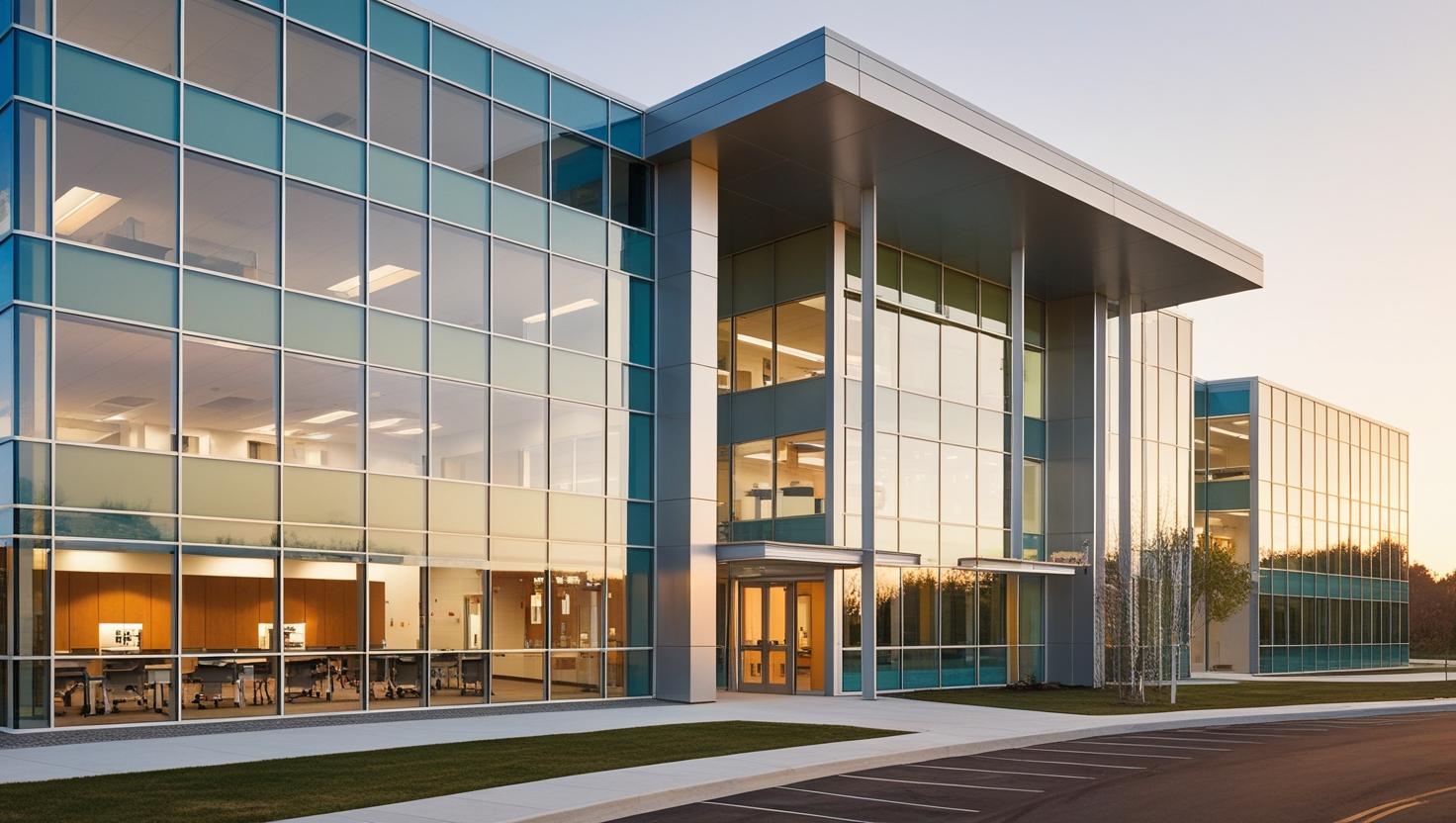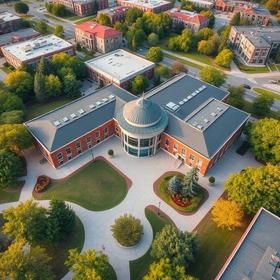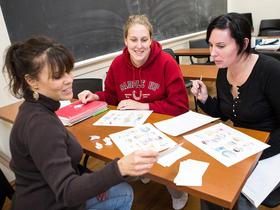High School Diploma vs. GED
The lack of a high school diploma, or its equivalent, precludes a college education and is a substantial barrier to competing successfully in the workforce.
- For students in high school, it is essential to see it through until graduation.
- Those who have already dropped out of high school must obtain a GED to put their best foot forward in the workforce.
- This article compares high school diplomas and GEDs regarding their acceptance by colleges and universities, the business world, and the military.
- We also discuss how homeschooled high school graduates show that they have obtained a high school diploma or its equivalent.
Canva generated this picture of a young man studying for his GED exam.

Regular High School Diplomas
A high school diploma from a traditional brick-and-mortar school that requires attendance in a classroom is the gold standard in demonstrating high school completion and mastery of conventional high school skills.
- A high school diploma signifies that the holder has attended and completed all the courses required by the applicable school district.
- A transcript of the courses taken and grades issued, a common requirement for college and job applications, can be furnished upon request.
Colleges, universities, businesses, and each branch of the United States military accept a regular high school diploma.
- To attend college, a high school diploma or GED is required for admission.
- Students with a



























